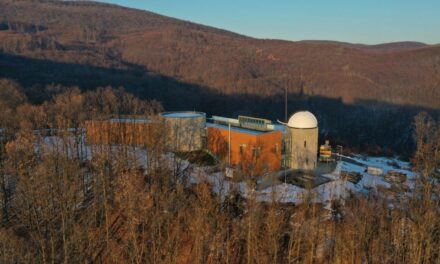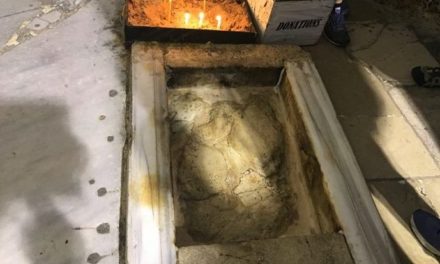Based on experience, the migration peak is expected in the next 1-2 weeks of October.
The Nature Conservation Service of the Hortobágy National Park Directorate (HNPI) and the region's experienced bird watchers have been continuously estimating the number of cranes passing through Hortobágy in autumn since 1994, i.e. they are celebrating their jubilee this year.
The data set, which has been collected on a weekly basis for 30 years, can be considered unique even in the European context.
Based on the information accumulated over three decades, we can form a very good idea of how HNPI became a key autumn resting place for the species in less than one human life, so much so that there is no other known region on Earth where flocks of whooping cranes (Grus grus) are so large in number and they would stay that long during their autumn migration.
In 2024, the first families with nestlings arrived in the Hortobágy area in the heat of the hot summer season for the birds vacationing in Hortobágy, consisting mainly of sexually immature individuals. Based on the testimony of the synchronized counts carried out on Thursdays in the traditionally used roosting places of the species, it can be stated that the number of birds gathering increased only slightly during the month of September, the dynamics of the migration was not strong due to the calm weather conditions of the breeding sites located further north, i.e. the massive, striking migration of the birds was still it didn't start.
Towards the end of September, the weather in the Scandinavian-Baltic region became more changeable, which led to a spectacular strengthening of the migratory movement of the species in our country.
During the synchronized count held on October 3, 2024, members of the HNPI's Nature Protection Guard already counted more than 135,000 birds at the roosting sites used by the species.
This timing on the part of the race fits into the trend of previous years. Based on experience, the migration peak is expected in the next 1-2 weeks of October, during the surveys of the following weeks, there will be an accurate answer to how the autumn migration movement of the cranes will develop in the area of the HNPI in 2024.
Featured image: Attila Szilágyi/HNPI













